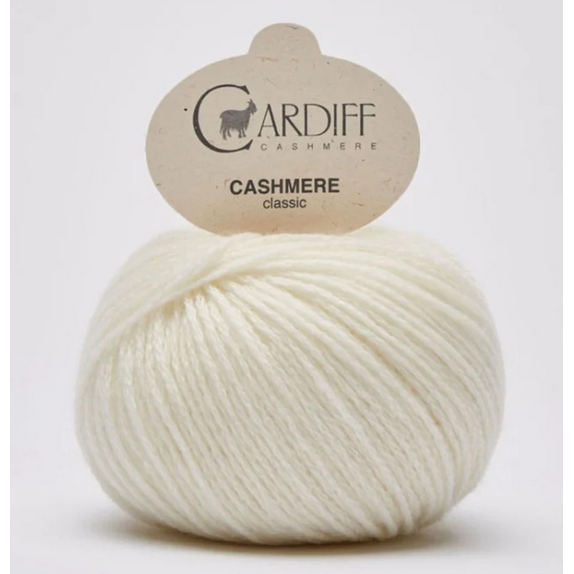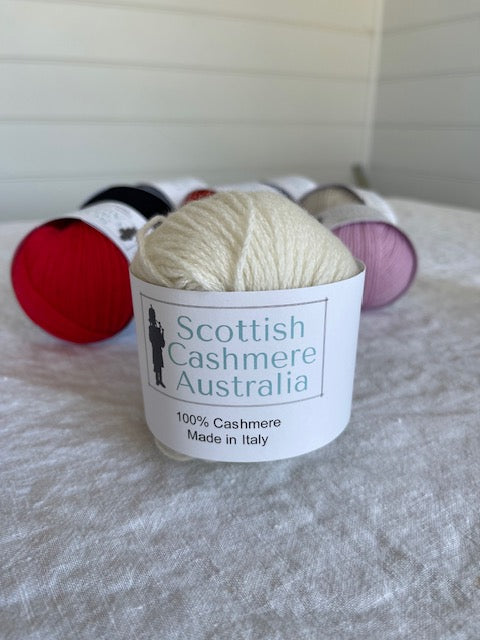The Reality Behind Is Cashmere a Natural Fiber and Its Green Appeal
The Reality Behind Is Cashmere a Natural Fiber and Its Green Appeal
Blog Article
Discover the Allure of Cashmere an All-natural Fiber: Why It's a Must-Have in Your Wardrobe
The attraction of cashmere, a deluxe natural fiber, transcends simple aesthetics. Originating from the Kashmir region, this lightweight yet durable product has woven its method right into premium fashion as a result of its one-of-a-kind buildings and functional charm. From discussing its appealing beginning to understanding its production quality, process, and care, it deserves checking out why cashmere holds such an unique location in the world of textiles. Discover the refinement and substance of this fiber as we start an exploration of its attraction.

The Origin and History of Cashmere: A Brief Overview
While several may see cashmere as a simple deluxe, its background is steeped in abundant social custom. Stemming from the Kashmir area in India, cashmere wool has been produced for countless years. The fiber is gotten from the soft undercoat of cashmere goats, collected during their molting season. As a valuable asset, it was traded along the Silk Road, becoming extremely valued in Europe in the 18th century. The name 'cashmere' is an old English derivation of Kashmir. In spite of its international appeal, the majority of cashmere manufacturing still continues to be in Asia, particularly China and Mongolia. This historical journey highlights the cultural value of cashmere, transforming it from a regional specialized to a global deluxe.
Recognizing the Special Qualities of Cashmere Fiber
Cashmere, renowned for its distinctive features, stands apart worldwide of textiles. This glamorous fiber is extremely soft, giving a comfy and relaxing feeling unlike any kind of other. It is substantially warmer than wool, making it an ideal choice for wintertime garments. Despite its heat, cashmere is remarkably light-weight and does not add unneeded mass. This all-natural fiber is likewise recognized for its resilience. While other materials might wear down over time, cashmere maintains its top quality, making sure long-lasting wear. Cashmere possesses a distinct aesthetic allure. Its gentle appeal and elegance make it a staple in premium fashion. Recognizing these residential properties makes clear why cashmere is not just a deluxe, however a beneficial financial investment for any type of wardrobe.

The Refine of Making Cashmere: From Goat to Garment
To value the lavish residential properties of cashmere completely, one should understand its journey from the raw fiber to the ended up product. The process starts with the cashmere goats, primarily discovered in Mongolia, China, and Iran. The soft undercoat of these goats, collected throughout their all-natural molting period in spring, gives the raw material. This fragile fiber is after that carefully divided from the coarser external hair in a labor-intensive process referred to as dehairing. The pure cashmere is then dyed, rotated into yarn, and finally weaved or woven right into the desired garments. Each step is meticulously carried out to protect cashmere's notable heat, soft qualities, and toughness. This detailed procedure results in the development of an absolutely extravagant textile.

Deciphering the Top Quality and Price: Why Is Cashmere so Expensive?
The steep price tag of cashmere garments often leaves page customers wondering concerning its validation. The expense stems mostly from the tough production procedure. is cashmere a natural fiber. Cashmere stems from the fine undercoat of the cashmere goat, with each goat creating a simple 150 grams each year. The labor-intensive process of combing and accumulating the uncommon fiber dramatically increases the expense. The processing of raw cashmere requires both time and knowledge, with the fibers needing to be thoroughly arranged, washed, and spun. Moreover, the deficiency of pure cashmere, paired with its superior softness, heat, and durability, justifies its luxury condition and high cost. These elements combined make cashmere a pricy yet extremely popular commodity on the planet of fashion.
Cashmere in vogue: The Adaptability and Ageless Appeal
Despite its high price, the ageless allure and versatility of cashmere have strengthened its place in the realm of fashion. The functional nature of cashmere permits for its integration right into both informal and formal clothing, signifying its broad charm. As fads come and go, cashmere continues to be a constant, its appeal undiminished, continuing to influence and form the style market's landscape.
Taking Care Of Your Cashmere: Upkeep and Conservation Tips
Ensuring the long life of cashmere garments requires particular care and interest. These valued ownerships need to not be thrown right into the cleaning machine with regular laundry. Instead, hand washing with gentle, pH-neutral soap in lukewarm water is recommended. After washing, they ought to not be wrung out. Instead, they ought to be carefully visit the site pressed between towels to absorb excess water, then laid flat to dry. Regular brushing with a cashmere comb can prevent pilling. Saving these things in a cool, completely dry area, ideally in a breathable bag, can shield them from moths and humidity (is cashmere a natural fiber). An occasional airing outside, away from straight sunshine, can freshen the fibers. With these upkeep and preservation suggestions, one can ensure their cashmere remains durable and luxuriously soft.
Conclusion
Cashmere, with its unrivaled softness and heat, supplies both luxury and durability. Its beginning from the Kashmir region and thorough manufacturing process contribute to its premium appeal and price. Its adaptability in vogue and sustaining appeal make it a worthy financial investment pop over here for any closet. With proper treatment and preservation, cashmere garments can last for years, using a distinct mix of convenience, quality, and style. Discover the attraction of cashmere and raise your fashion arsenal.

Report this page